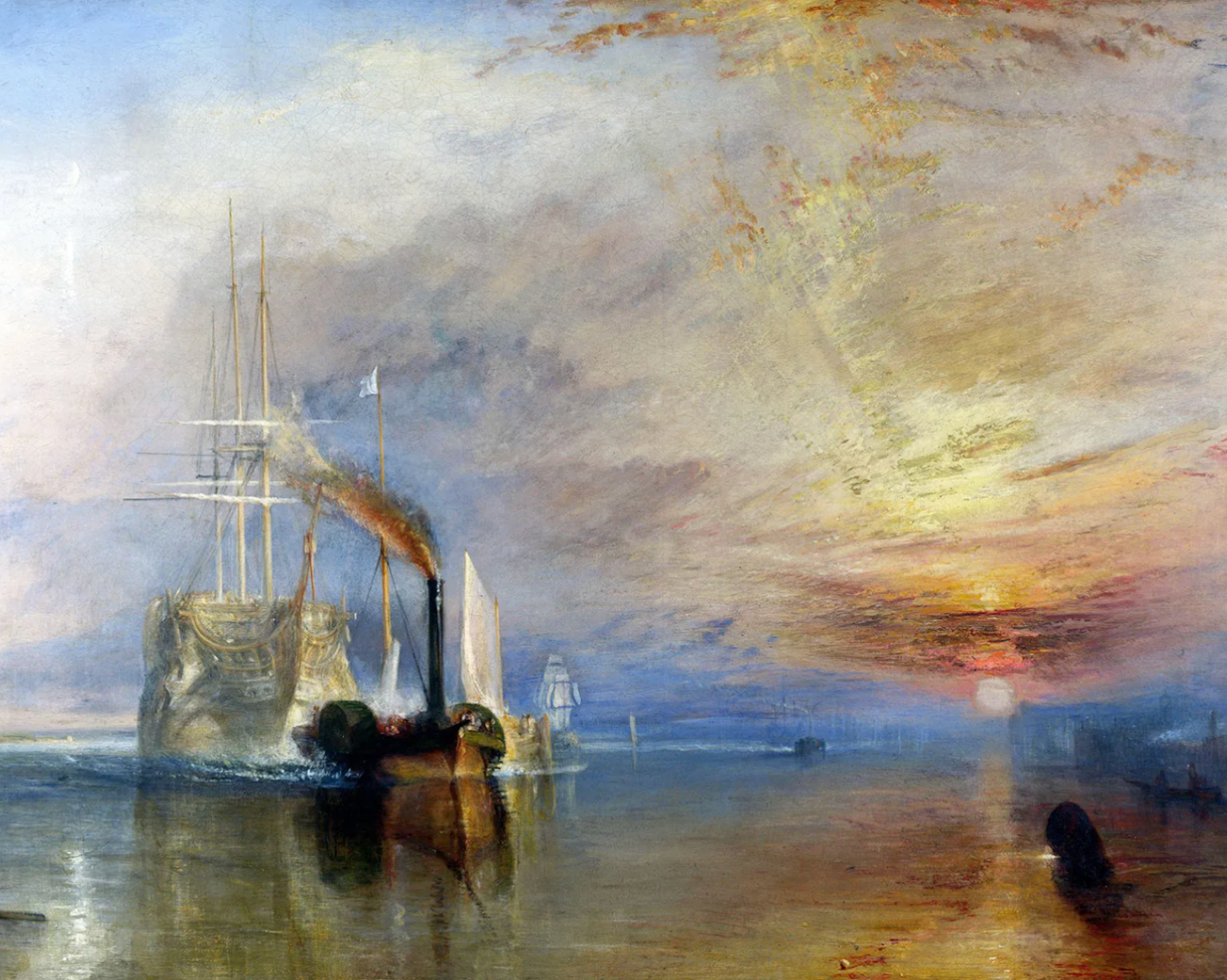Machine Dreams: Dean Blacc’s Subliminal Explanation of Color Theory

Machine Dreams is an explicit articulation of how colors impact us, expressed with a delicacy that keeps the directness of the message just below the level of our conscious understanding.
Dean Blacc’s attraction to abstraction and color is rooted in his organic and hands-on upbringing in the arts. A native Londoner, he spent much of his childhood perusing London’s art institutions and later in life he applied his learnings to design. He was both a practitioner and enabler of others, building tools that distilled his insights into applicable frameworks.
It is unsurprising then that Blacc has emerged in the generative realm as one of the most effective explorers of symbolist color theory. Machine Dreams is an explicit articulation of how colors impact us, expressed with a delicacy that keeps the directness of the message just below the level of our conscious understanding.
Symbolist color theory posits that different colors evoke specific human reactions. These reactions can be idiosyncratic, but within large groups of people, certain colors are believed to evoke similar emotional responses.
Color theory is an evolving construct that is widely used as part of design toolkits, and it is applied to us daily via an unending stream of print and digital media. The media succeed or fail to have the intended effect, those efforts are measured and analyzed, and — unbeknownst to us — we become part of the feedback loop that evolves what colors mean to us as a society.
Machine Dreams is an elegant, minimalist work that literally explains to us the colors’ intended reaction. But it uses forms, media, and devices that are gentle and ephemeral, keeping our conscious grasp of the explanation just barely out of our reach. It is an embodiment of the reality of our daily lives, where colors are constantly used to provoke maximum response, while stopping just shy of allowing us to register what is happening.
Goethe and Color Theory
Isaac Newton was the first to describe colors from the perspective of physics and light. But the German poet Wolfgang Johann von Goethe, in his 1810 work The Theory of Colours, associated colors with human reactions in a framework that resonated across art, philosophy and design.
His labeling of the color wheel with human-understandable descriptors (Red: Beauty, Green: Useful, Orange: Noble, etc) formed the basis of how most of us interact with color theory to this day. The descriptors have evolved over time and between cultural groups, but the connection of psychology and color can be traced directly back to Goethe.

Wolfgang Von Goethe, Color Wheel, 1809.

Robert Plotchik, Wheel of Emotions, 1980, Wikimedia Commons Public Domain.
Watercolors and Descriptors
Blacc samples colors from various sources, rebuilds them as abstract watercolor fields, and overlays them with Goethe’s descriptors written in an almost runic script. He explicitly identifies one cultural mythology and the meaning of these colors. The script itself appears as if short-hand, quick scribbles or notes to oneself, barely legible, reinforcing the imprecise and individual nature of this branch of color theory.
The use of watercolor started as an exploration of a very difficult technical problem: how to render realistic water colors via code. The artist has to model how water spreads over paper, gravity and the angle of the easel, the water content of the brush, and the paper type itself.
This exploration began with the use of a field of a single color, but in the course of his exploration, Blacc re-connected with the work of the 19th century painter Joseph William Turner, known mostly for his dramatic impressionistic landscapes, with muted but strong palettes.

Plymouth Citadel, pencil and watercolor on paper by J.M.W. Turner, c. 1813

The Fighting Temeraire Tugged to Her Last Berth to Be Broken Up, 1838, oil on canvas by J.M.W. Turner, 1839
In particular, Blacc was attracted to the color tests Turner produced while he was working through the designs of the final works. Turner used watercolor to create swatches to help him organize his palette.

Joseph Mallord William Turner Colour Tests c.1791

Joseph Mallord William Turner Colour Tests c.1791
For Turner, these swatches were tools, but seen in concert, and separated from their context, they presage modernist abstract color explorations. Blacc extended this idea to create works with rich and saturated, but still very natural colors.
To acquire a work from Machine Dreams by Dean Blacc, view the series at tonic.xyz.
More stories

Introducing ESCAPE by Iskra Velitchkova
ESCAPE by Iskra Velitchkova is at once an archive of the artist’s personal history and a self-referential exploration of how we seek freedom and escape in art.

Unique Physicals, Series, ESCAPE
Iskra Velitchkova’s ESCAPE with Silver Gelatin Printing
Iskra Velitchkova’s ESCAPE is influenced by analog photography and leverages silver gelatin to its fullest for its unique physical offering.

Features, Series, Compare & Contrast
Pointilism & Divisionism in Intimità and Interference
The experiments of Divisionist and Pointillist painters influenced our understanding of color and contrast, enabling new forms of artistic impression like the works of Phaust and Stefano Contiero.


Stay in the loop on upcoming drops, exclusive access, and more.